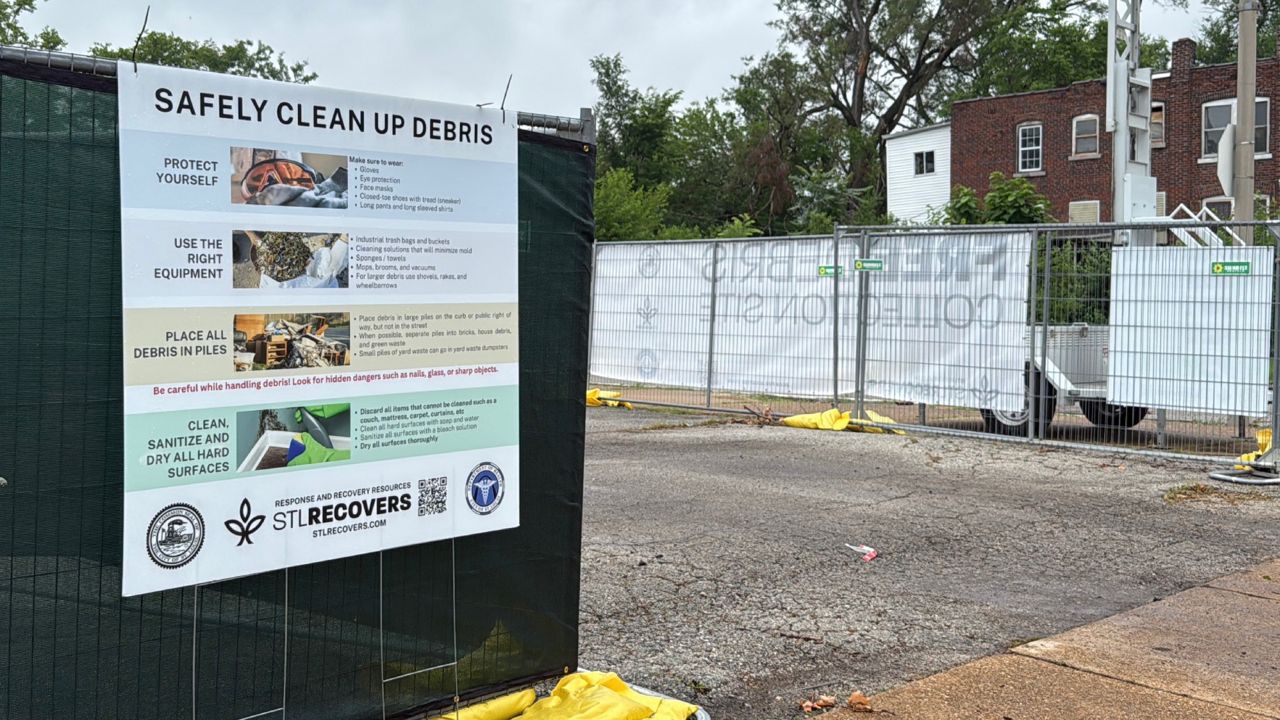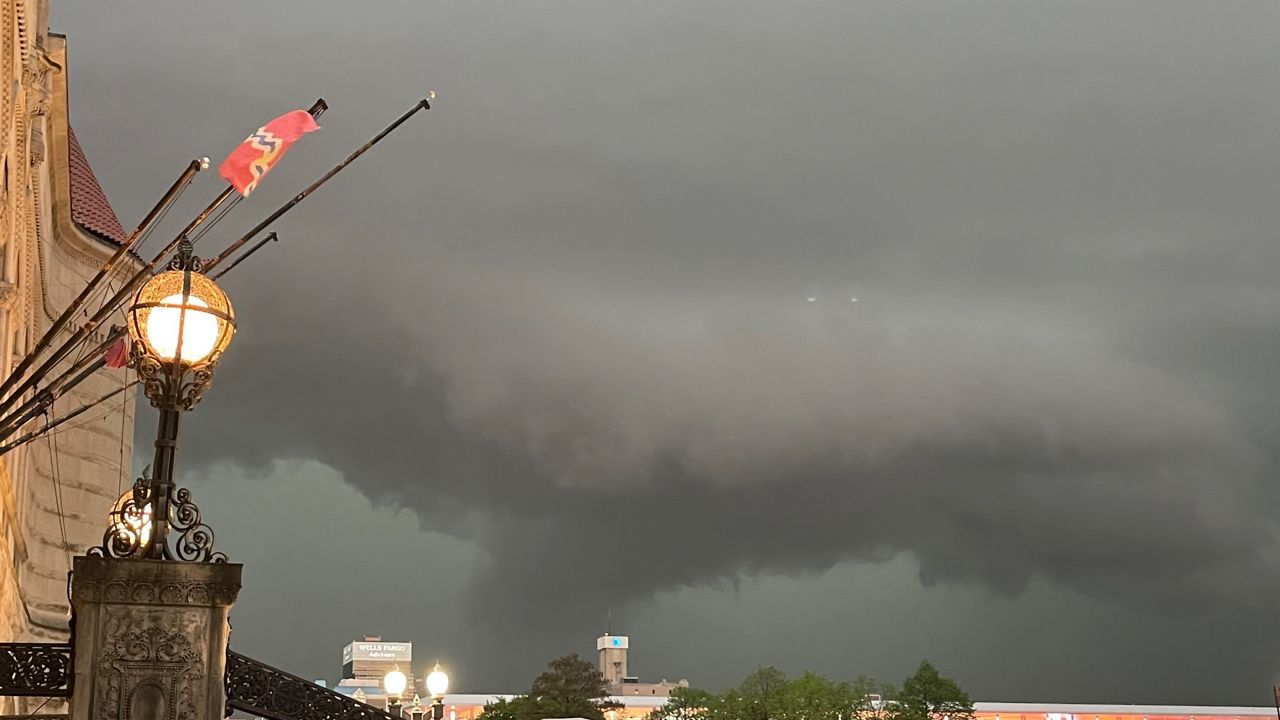ST. LOUIS — As shoppers prepare for the upcoming Amazon Prime Day later this week, the online retail giant is warning customers of the most common impersonation scams that have been targeting shoppers.
Impersonation or imposter scams are when people pretend to be a trusted company, such as Amazon, and reach out to consumers to try to obtain sensitive information, such as logins, credit cards, social security, among other information.
The most common scam Amazon has been seeing is credential phishing, according to Scott Knapp, director, and worldwide buyer risk prevention for Amazon.
It is where a scammer will call, text, or email an Amazon customer, saying there is a problem with their account. They will offer help by asking for login and credit card information.
In 2022, Check Point Research saw a 37% increase in daily phishing attacks targeting consumers during the month of July compared to June.
Another common one is an order confirmation scam where Amazon customers will receive a notification asking them to confirm an order that is expensive, such as an iPad, according to Knapp.
“That draws people in because they don’t want to get charged for something like that,” he said. “So, suddenly, they’re interacting with a bad actor and giving up information, and that doesn’t go particularly well by the end of it.”
Last year, fake order confirmations accounted for more than 50% of Amazon impersonation scams reported by customers.
Knapp said Amazon and other companies in the industry will not ask for sensitive information over the phone or via email. Customers can know if the company has emailed them by seeing Amazon’s smile logo with a verified checkmark.
He added that customers can always trust Amazon’s app and website to check their account if they have a concern about an order. They can look under the My Order section or in the Message Center.
Ahead of Prime Day and holiday shopping season are typical times when scammers may try to take advantage of consumers, however, Knapp said scams constantly happen throughout the year.
If customers receive a suspicious message claiming to be from Amazon, Knapp said they should report it through Amazon’s Report Something Suspicious page.
“They can tell us what their experience was, whether they were successful or not, give us the information we need so then we can go to work and try to hold these folks accountable,” he said.
Last year, Knapp said Amazon took down more than 20,000 phishing websites, 10,000 phone numbers and reported hundreds of “bad actors” to law enforcement in the U.S. and around the world.
“It can make a difference if folks can tell us,” he said.
Knapp said he understands being scammed or almost scammed can be embarrassing, but if it is reported, Amazon can help stop the scams.
“Don’t be embarrassed. These are sophisticated scammers trying to take advantage of you and just let us know when it’s happened, and we can try to hold them accountable,” he said.
Knapp noted that the best way Amazon can protect its customers is by educating them on what is going on.
“We’re super customer obsessed and we’re trying to ensure consumers know this is real, these are things you kind of need to be aware of because there are very smart bad actors trying to steal from them,” he said.
“And so, we’re trying to ensure people are armed to try to be suspicious at the right times and then to report.”
To learn how to report an Amazon impersonation scam, click here.








